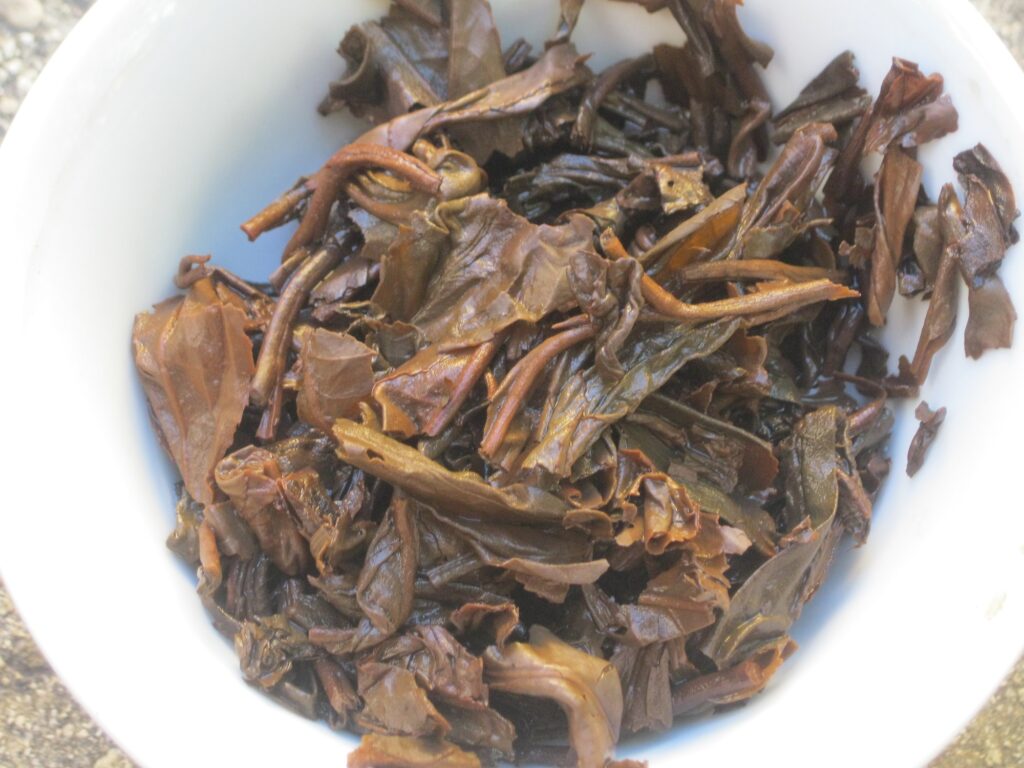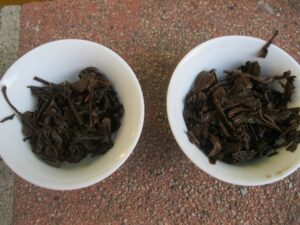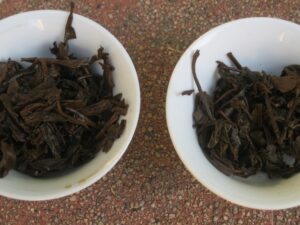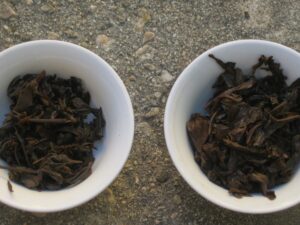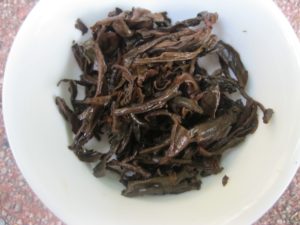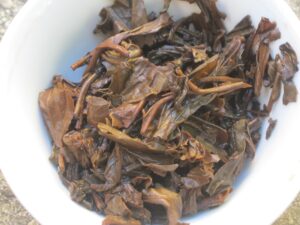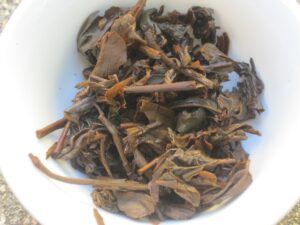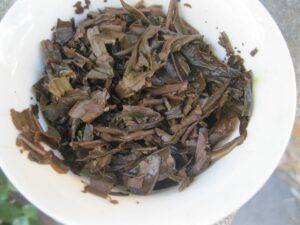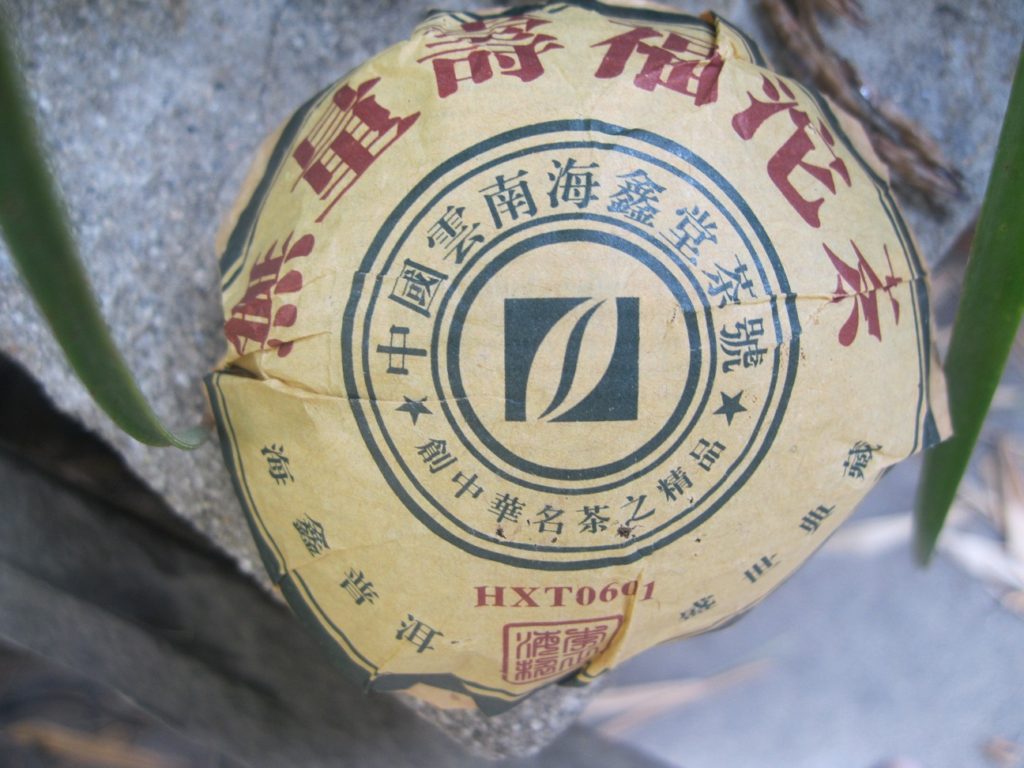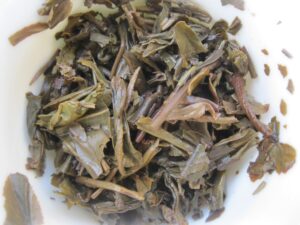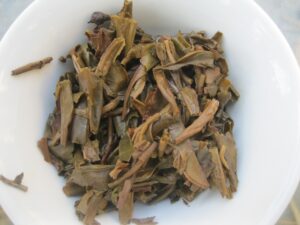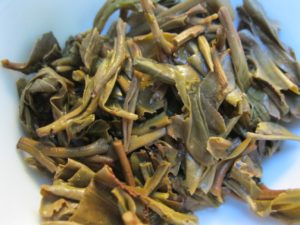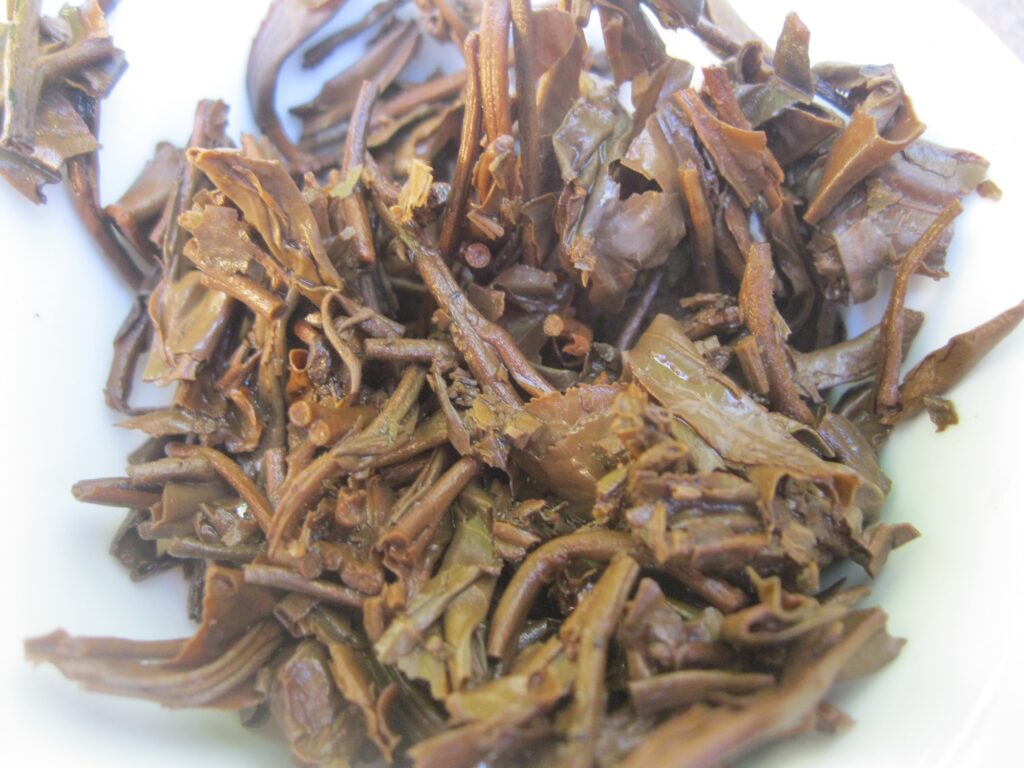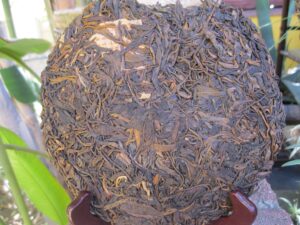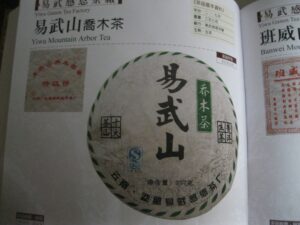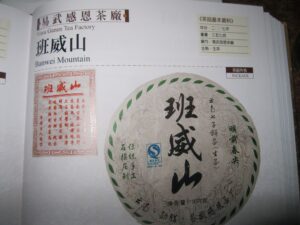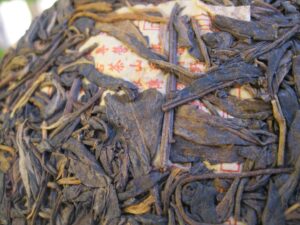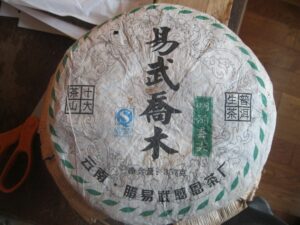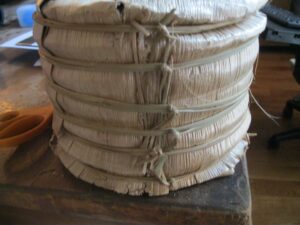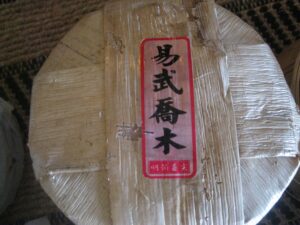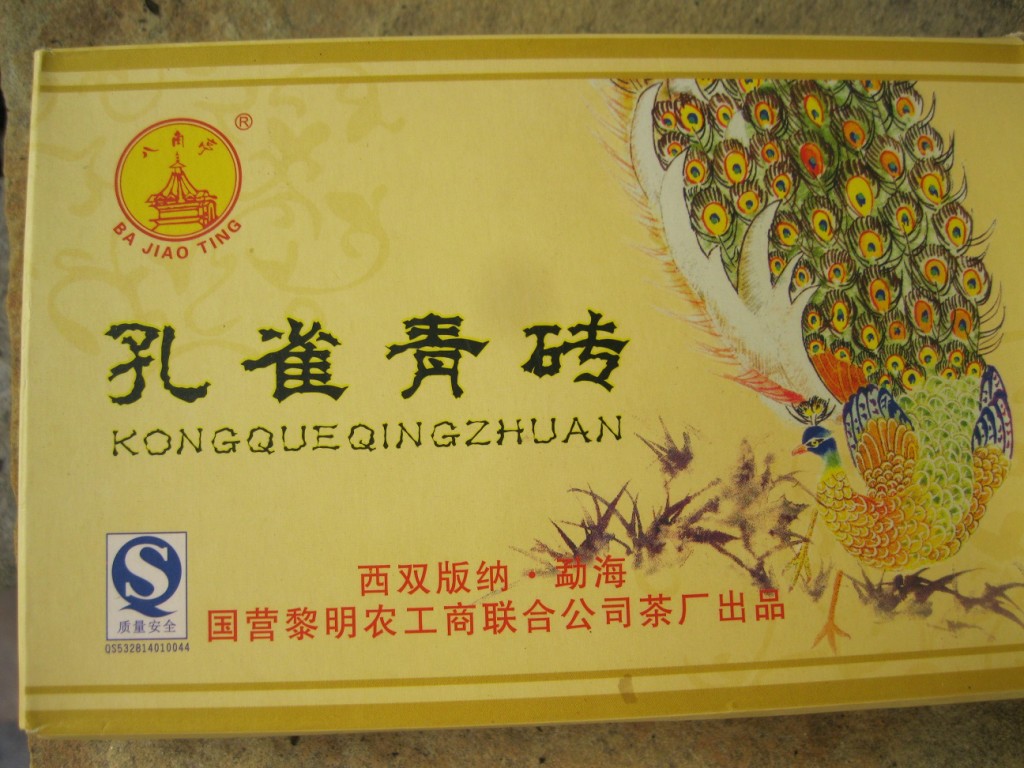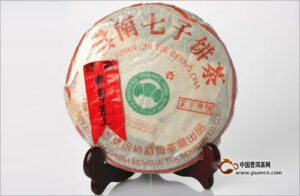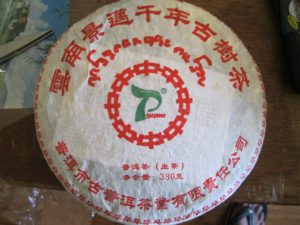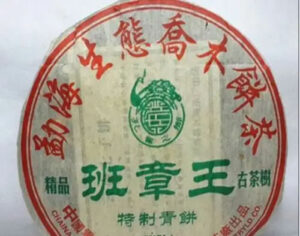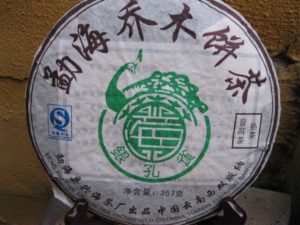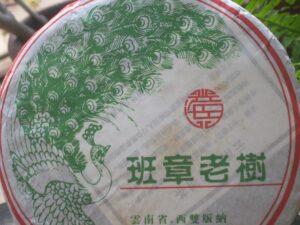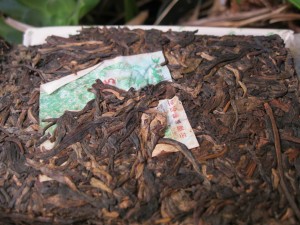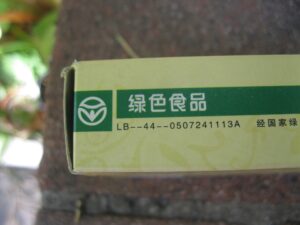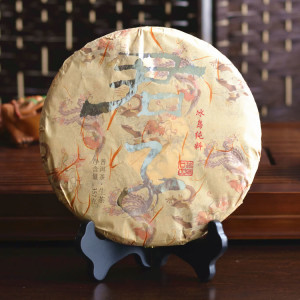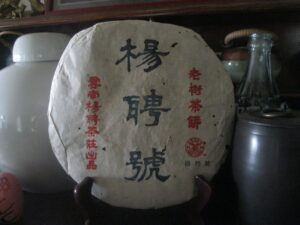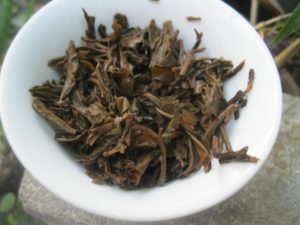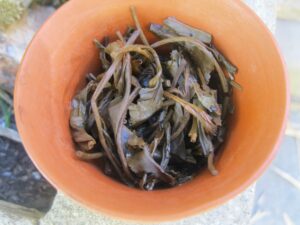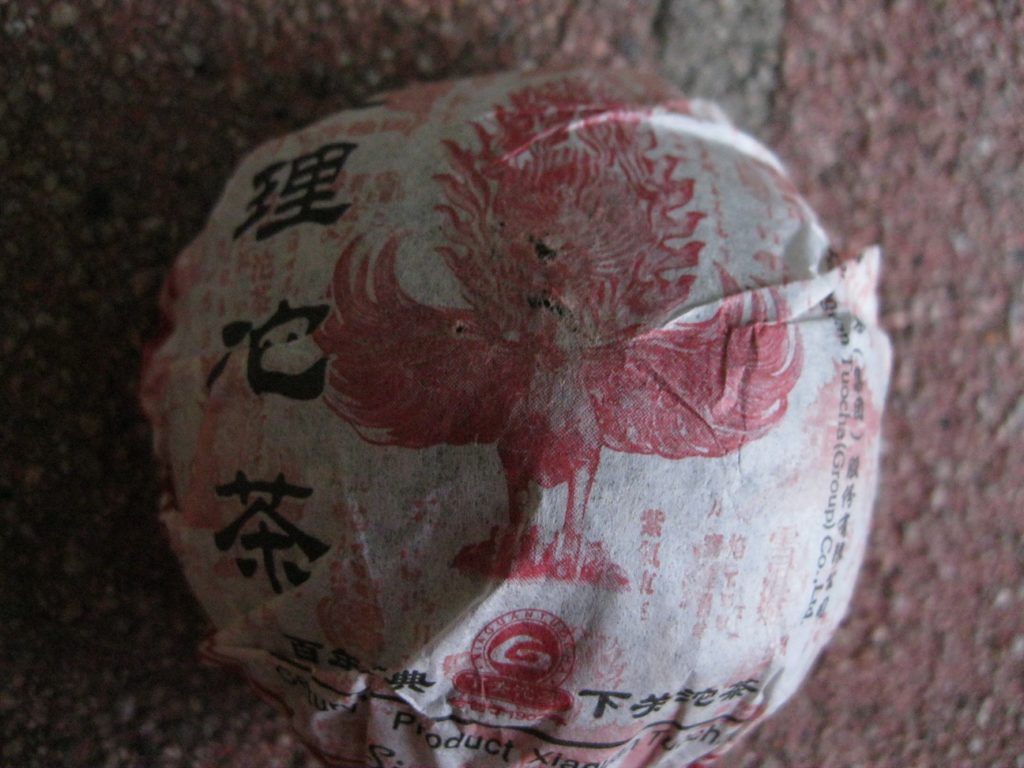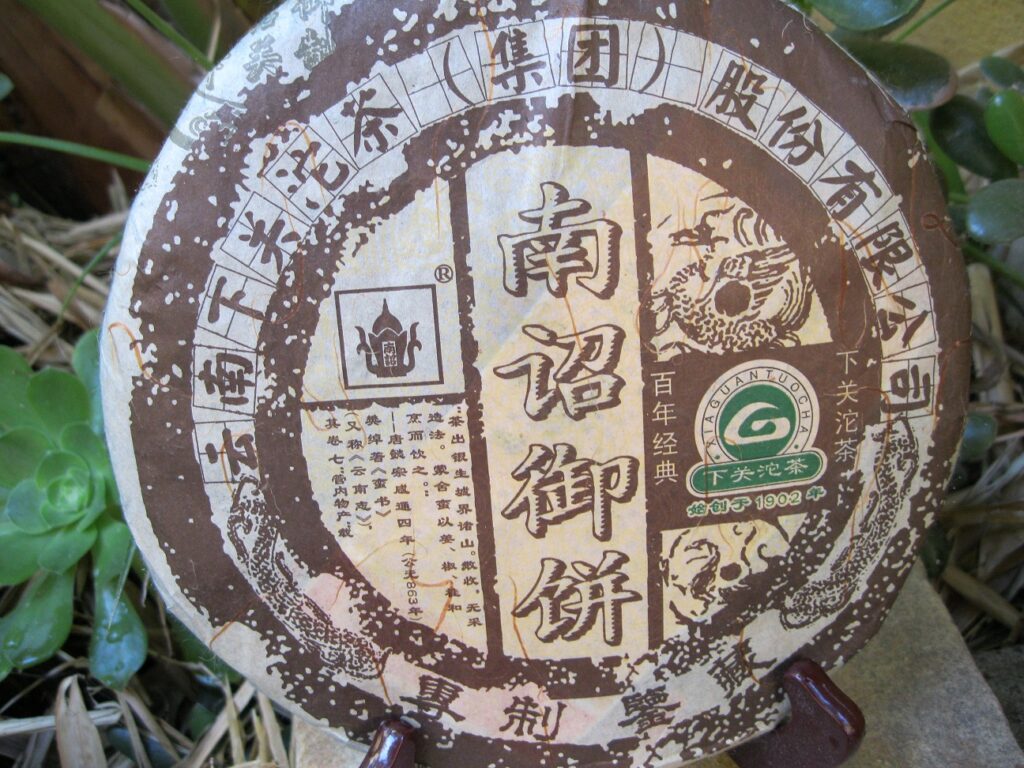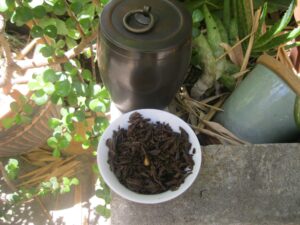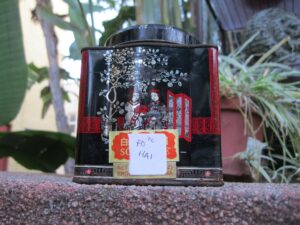Puerh Junky Studies Leaves
Puerh Junky Studies Leaves continues an on-going discussion regarding the task of determining age of certain productions. A recent entry compared leaves spanning 10 years in age difference but seemed may just a few. A similar format of mainly pictures will be employed here involving a ’96 raw brick acquired spring ’22 and a ’98 7542 acquired in May of ’18 included among the Bazhong in Sampler U.
Here’s the first image taken.
Don’t forget one of the nifty features of wordpress is that you can click the images for close ups. Both have been dry-stored and you get to guess which is which.
Old productions such as these often require some type of preparation. The ’98 received no preparation but it literally took more than five years to come into form. All the while, I sat skeptical about the production’s actual age and drinking potential because the three other cakes from that vendor had all shown considerably more life after a year in LA. Upon tasting of the ’96, I immediately broke about half for storage in porcelain because I didn’t want to wait years before it would become enjoyable.
So there’s a difference in hue depending on where they are.
Something younger but more humidly stored, the ’03 Yiwu Princess. . .
I immediately noticed a redder red. Let’s look at the cups:
Now for the cake:
There’s a fair measure of light that factors. Several shots in as similar a light as possible.
I conservatively guessed the Revolutionary Suspect to be about the late aughts, but it was pure speculation. From among the four, it is clear that the Yiwu Princess is the darkest. It is also the most humidly stored. Yes, the RS 8972 certainly got something like wet storage but a year after receipt in ’14-5, it got bone dry indoor storage in clay for six years. Given all the redness, it appears that the RS got a good deal of heat at one point. . . or dryness? I’m beginning to think that red indicates something other than age, maybe heat or dry heat but not age.
Are you getting the picture? Determining age by looking at the leaves appears to be a challenging task. I recall sometime back reading the comment section of a vendor in the UK. The post alleged that the vendor was pawning young tea for old. I immediately thought, “given the range in storage conditions how does he know that?” Of course the accuser offered no basis for the allegation. It’s pretty easy to get “caught up” in aspects of the puerh game that are ancillary to puerh drinking itself. Aging variable vary widely and when it boils down to it, each production must be evaluated on its own terms.
The more I drink puerh, which is now a decade, the more I learn. The more productions acquired in the early days age, the more I learn about how a production was conceived and crafted. In the end, it seems that a gander at the leaves says more about how a production was stored than it does about actual leaf age. Leaves will always be just a relative indicator, along with the specifics of storage itself. I’m now at the stage where I doubt the years of productions less and less because I simply have no way of knowing and have witnessed some of my own long-stored items actually get lighter, at least in terms of liquor, over the years. So, we’re back to evaluating productions on their own terms in light of years of drinking experience.

